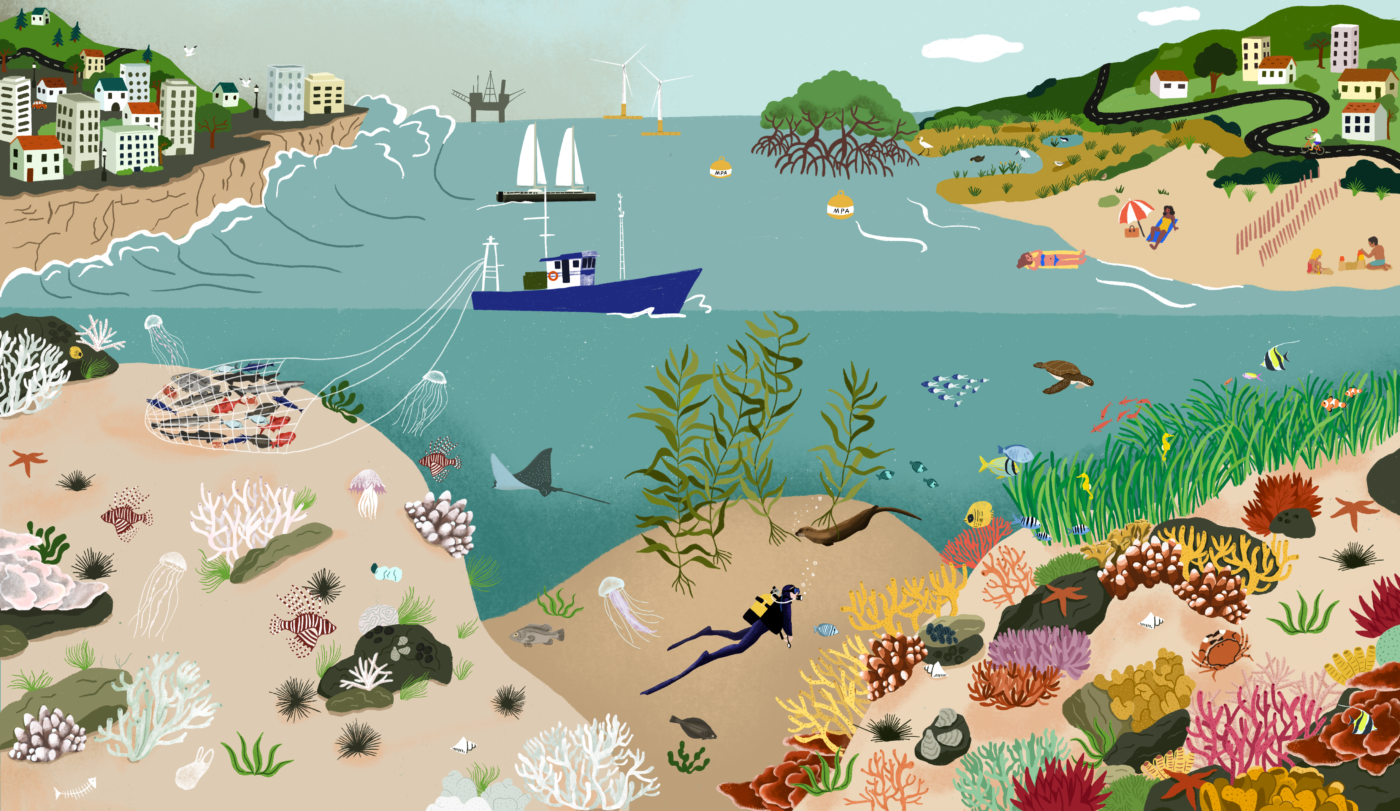When we think of dredging, the main image that comes to mind is clearing harbours and shipping channels to keep them navigable for large vessels. But there’s a critical part of the process that often goes unnoticed: sediment disposal. After dredging, millions of cubic meters of sediment need to go somewhere, and often, that “somewhere” is often offshore.
While this may seem like a straightforward solution, the effects of sediment disposal at sea can ripple far beyond the immediate location. From disturbing marine ecosystems to altering food chains, the long-term impacts are complex and significant. Let’s take a deeper dive into how this process affects the environment and explore some alternatives that are making waves in reducing its harmful effects.
How Offshore Sediment Disposal Affects Marine Ecosystems
Sediment, whether dredged from rivers, harbours, or coastal areas, can carry with it a mix of natural materials and pollutants. When disposed of at sea, this sediment doesn’t just vanish—it interacts with marine life, water quality, and the seafloor in ways that are sometimes difficult to predict.
Impact on Benthic (Seabed) Habitats
One of the most immediate effects of sediment disposal at sea is the disturbance to benthic habitats—the communities of organisms that live on or near the ocean floor. These habitats are home to a range of marine life, from small invertebrates to larger species like fish that rely on them for feeding or breeding.
When large amounts of sediment are dumped on the seabed, it can smother these delicate ecosystems. Fine sediments like silt or clay can bury benthic organisms, making it difficult for them to access food or oxygen. This disruption can reduce biodiversity, as species that are less mobile or sensitive to changes in their environment struggle to survive.
For example, the disruption of seagrass beds—key habitats for species like crabs, juvenile fish, and sea turtles—can have cascading effects on marine food webs. Seagrass meadows are essential for stabilising the seafloor, filtering water, and providing food and shelter for marine life. Their destruction or alteration can lead to the displacement of species and an overall decline in marine biodiversity.
Water Quality Changes
Disposing of dredged materials at sea also impacts water quality. As sediment is dumped into the ocean, it can increase turbidity, or cloudiness in the water. High turbidity reduces light penetration, which can negatively affect photosynthetic organisms like algae and corals. Corals, in particular, rely on sunlight to survive through their symbiotic relationship with algae. Prolonged exposure to high turbidity can lead to coral stress, bleaching, and even death.
Moreover, sediment can carry pollutants such as heavy metals, chemicals, and nutrients from urban runoff or industrial activities. When released into the ocean, these contaminants can be absorbed by marine organisms, entering the food chain and potentially causing harm to higher-level predators, including humans.
In certain cases, excess nutrients released from sediment can lead to harmful algal blooms. These blooms deplete oxygen levels in the water, creating “dead zones” where few marine species can survive.
Effects on Marine Life
The knock-on effects of sediment disposal are often felt throughout marine food chains. For instance, filter feeders like oysters, mussels, and clams can become overwhelmed by excessive sediment in the water, reducing their ability to feed and threatening their populations. Since these organisms also play a role in filtering and cleaning the water, their decline can further degrade water quality.
Fish species that rely on benthic organisms for food can also be affected. Changes in the availability of prey or disruptions to breeding grounds can alter migration patterns and reduce fish populations, which in turn affects the wider marine ecosystem, including top predators like sharks and dolphins.
https://www.annualreviews.org/content/journals/10.1146/annurev.ecolsys.33.010802.150515

